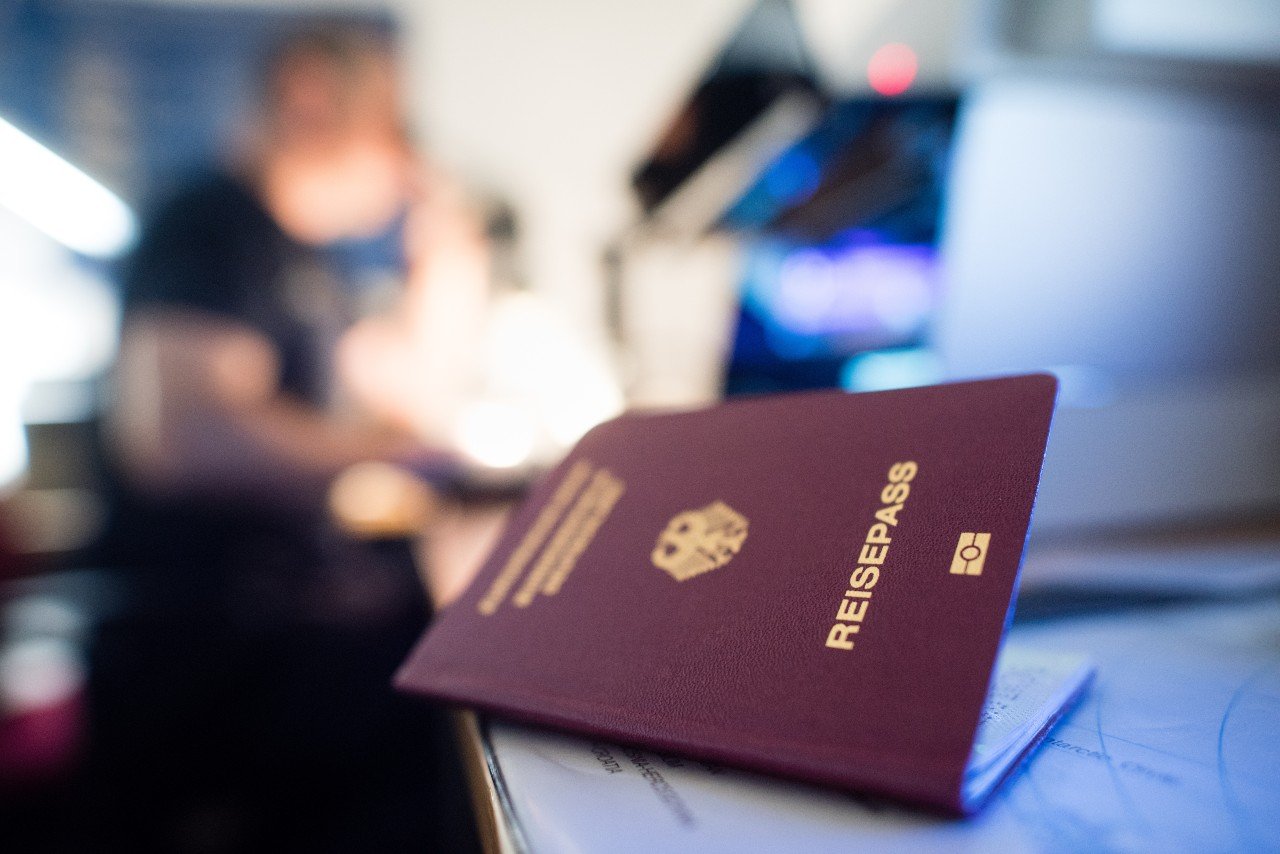SEOUL, South Korea — North Korea said Thursday it had successfully tested a multiwarhead missile, a sophisticated weapon coveted by leader Kim Jong Un to overwhelm missile defenses in the continental United States. The statement contradicted South Korea’s assessment of a failed launch Wednesday of a different type of weapon.
The launch tested the separation and guidance control of individual mobile warheads to ensure the capability of the Multiple Independent Reentry Vehicle, the North’s official Korean Central News Agency said. The separated mobile warheads “were guided correctly to the three coordinate targets” and a decoy that separated from the missile was verified by radar, it said.
It was North Korea’s first known launch event related to the development of a multiwarhead missile, though outside experts believe it was a preliminary test.
KCNA, citing the country’s Missile Administration, said it was significant to bolstering North Korea’s missile forces and developing missile technologies that testing of the weapon had entered a full-scale stage.
A multiwarhead missile was among the high-tech weapons systems Kim cited on his wish list during a ruling party meeting in early 2021, along with spy satellites, solid-fuel intercontinental ballistic missiles, hypersonic weapons and submarine-launched nuclear missiles. North Korea has since performed a series of tests to develop such weapons systems.
“I had been anticipating a MIRV test for some time now, as this was one of the last remaining items on Kim Jong Un’s modernization wish list from the 8th Party Congress back in January 2021,” said Ankit Panda, a senior analyst at the Carnegie Endowment for International Peace.
Panda said Wednesday’s test appeared to be an initial evaluation of some of the key subsystems to develop a workable MIRV. He expect successive tests of the technology to follow, leading up to a launch of an intercontinental ballistic missile on a lofted trajectory.
“The presence of decoys is significant. North Korea has made no secret of its intention to stress and overcome U.S. homeland missile defenses,” Panda said. “Decoys will assist in that endeavor and will likely be incorporated onto their single-warhead missiles as well.”
South Korea’s military had no immediate response to the North’s statement. But Panda said it appeared that “South Korea misinterpreted the nature of this test initially.”
South Korea’s Joint Chiefs of Staff had said Wednesday it suspected the weapon launched by North Korea was a solid-fueled hypersonic missile. It said the missile blew up off the North’s east coast, scattering fragments in the water. It said it detected more smoke than normal launches, suggesting a possible combustion issue caused by an engine fault.
Wednesday’s test was the North’s first weapons launch since it fired nuclear-capable multiple rocket launchers to simulate a preemptive attack on South Korea almost a month ago.
In recent weeks, North Korea has also floated numerous trash-carrying balloons toward South Korea in what it has described as a tit-for-tat response to South Korean activists sending political leaflets via their own balloons. In response, South Korea on June 9 briefly conducted propaganda loudspeaker broadcasts at border areas for the first time in years.
Worries about North Korea also deepened last week when Kim Jong Un and Russian President Vladimir Putin signed a deal requiring each country to provide aid to the other if it is attacked and vowed to boost other cooperation. Analysts say the accord represents the strongest connection between the two countries since the end of the Cold War.





















Discussion about this post